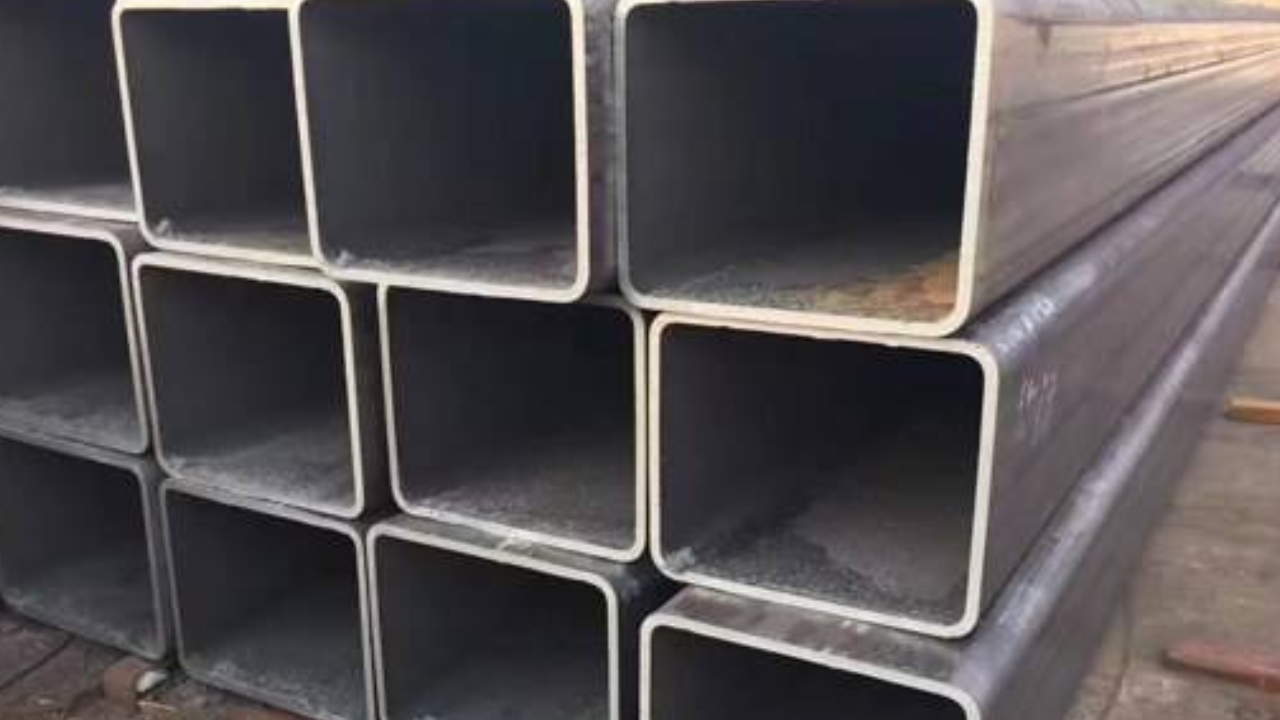Over the last 25 years, Hollow Structural Section (HSS) steel has experienced striking headways, changing it from a development staple to an exceedingly refined material. Famous for its hollow tubular cross-section, HSS steel has advanced due to improvements in fabricating strategies, material compositions, adherence to exacting guidelines, and a broadening cluster of applications.
Initially prized for its extraordinary strength-to-weight proportion and versatility in development ventures, advanced hss steel size charts brag refined mechanical properties, predominant strength, and a broader run of applications. These changes have cemented its position as a foundation material in advanced design and engineering, advertising unparalleled flexibility, structural integrity, and effectiveness in an assortment of development ventures.
Evolution of HSS Steel in the Past 25 Years
Hollow Structural Section (HSS) steel, recognized for its hollow tubular cross-section, has experienced significant progressions over the past 25 years. At first esteemed for its strength-to-weight ratio and flexibility in construction, HSS steel's advancement has been marked by changes in fabricating forms, fabric properties, guidelines, and applications. This article investigates the key improvements in HSS steel, highlighting how these changes have improved its execution, broadened its applications, and set its part in advanced design and building.
Advances in Manufacturing Processes
One of the foremost noteworthy progressions in HSS steel manufacturing has been the selection of high-frequency welding strategies. Early HSS generation relied on slower, less productive welding strategies that often brought about inconsistencies within the weld crease. High-frequency welding, especially the seamer high-frequency welding machine presented from the United States, has revolutionized this preparation. Cold-forming strategies have moreover advanced, permitting for the generation of HSS steel with more exact measurements and superior surface finishes.
Material Enhancements
The presentation of high-strength low-alloy (HSLA) steels has been a game-changer for HSS steel. HSLA steels offer superior mechanical properties, counting higher abdicate and malleable qualities, compared to conventional carbon steels. These steels accomplish these properties through the expansion of alloying components such as manganese, chromium, and vanadium. Another critical material advancement has been the improvement of weather-resistant steels, often referred to as barometrical corrosion-resistant steels.
Standardization and Quality Control
Over the past 25 a long time, various measures administering the generation and use of HSS steel have been created and refined. Key standards incorporate ASTM A500, ASTM A1085, and EN 10210. These measures indicate the estimate, shape, material requirements, and testing strategies for HSS steel, guaranteeing consistency and reliability over items from diverse producers. Propels in testing and review advances have moreover contributed to the advancement of HSS steel.
Applications and Performance
The evolution of HSS steel has led to its selection in a broader extend of applications. In development, HSS steel is presently broadly utilized for columns, bars, and trusses due to its high strength-to-weight proportion and aesthetic offer. Its uniform appearance and capacity to oblige complex geometries make it a favorite in building design. The execution of HSS steel has been essentially upgraded through material and manufacturing enhancements.
Sustainability and Financial Benefits
The hollow tubular structure of HSS steel gives ideal quality whereas utilizing less fabric compared to strong segments. These productivity deciphers cost investment funds in both fabric and transportation. The utilization of high-strength, weather-resistant materials has expanded the life expectancy of HSS steel structures, lessening the need for visit support and replacements.
Mechanical Developments
The integration of computerized advances in design and manufacture has essentially affected the advancement of HSS steel. Progressed computer program apparatuses permit engineers and planners to demonstrate complex structures with tall accuracy, optimizing the utilization of HSS steel. Robotization and mechanical autonomy have also played a vital part in the generation of HSS steel.
Challenges and Future Directions
Despite the progressions, HSS steel faces challenges, especially related to material confinements such as weariness resistance and affect durability. Progressing research points to developing modern combination compositions and warm treatments that can assist improve these properties, making HSS steel appropriate for even more requested applications.
Improving Sustainability
Maintainability will proceed to be a driving force within the advancement of HSS steel. Endeavors to create more eco-friendly generation strategies, such as utilizing reused materials and decreasing carbon emanations, are pivotal. Propels in coating innovations to assist enhance erosion resistance without destructive natural impacts are too expected to play a critical part.
Conclusion
The advancement of HSS steel over the past 25 years has been marked by significant progressions in manufacturing forms, material properties, standards, and applications. High-frequency welding, cold-forming methods, and the introduction of high-strength and weather-resistant steels have upgraded the execution and reliability of HSS steel.


